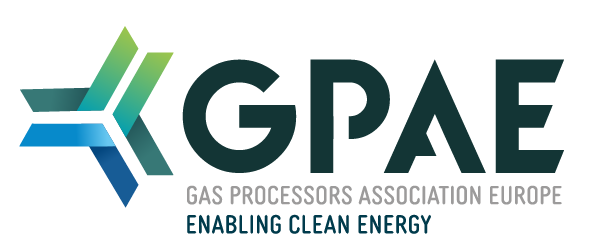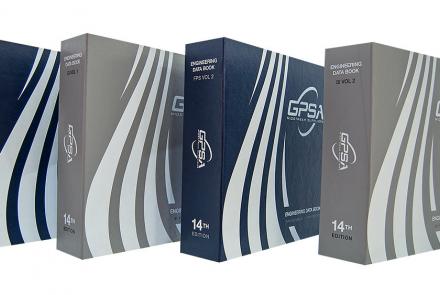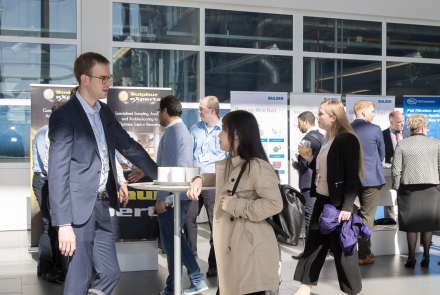Order your copy of the The GPSA Engineering Databook. The 14th edition is almost 1,000 pages of technical information and is the worldwide authoritative resource for technical and design information.
CO2 Removal on Amines – Important Design Issues to Consider
Bulk carbon dioxide removal applications, typified by carbon capture but also encompassing removal from sweet high CO2 gases to meet pipeline specifications, are often carried out by limiting the solvent flow to control the extent of removal. Absorber performance is set by keeping the rich solvent fully saturated and using the solvent flow rate to limit removal. Such an absorber is called rich end pinched as seen in a mass transfer rate model. On the other hand, when CO2 is to be removed to ppm residual levels such as in LNG production, the final gas purity is usually set by the lean solvent acid gas loading. If a column is incorrectly designed, however, or a gas stream is to be treated to some intermediate CO2 level, operating conditions can result in a column showing a bulge pinch. Failure to recognize pinching in the design phase may well result in failure of the plant to treat properly. In such situations, performance is controlled by the size and extent of the temperature bulge in the column, and using more trays or deeper packing may not result in any appreciable improvement. This paper analyses various pinch conditions with special emphasis on bulge pinches and when they occur, using a state of the art mass transfer rate model. Software will be described that optimizes the process to ensure optimal design.Past Paper Download
Price
£50.00
Variations
Quick Links
My Licences
You have not purchased any GPA Europe Membership yet.
Visit our Membership area to select the Membership that is right for you and checkout.



